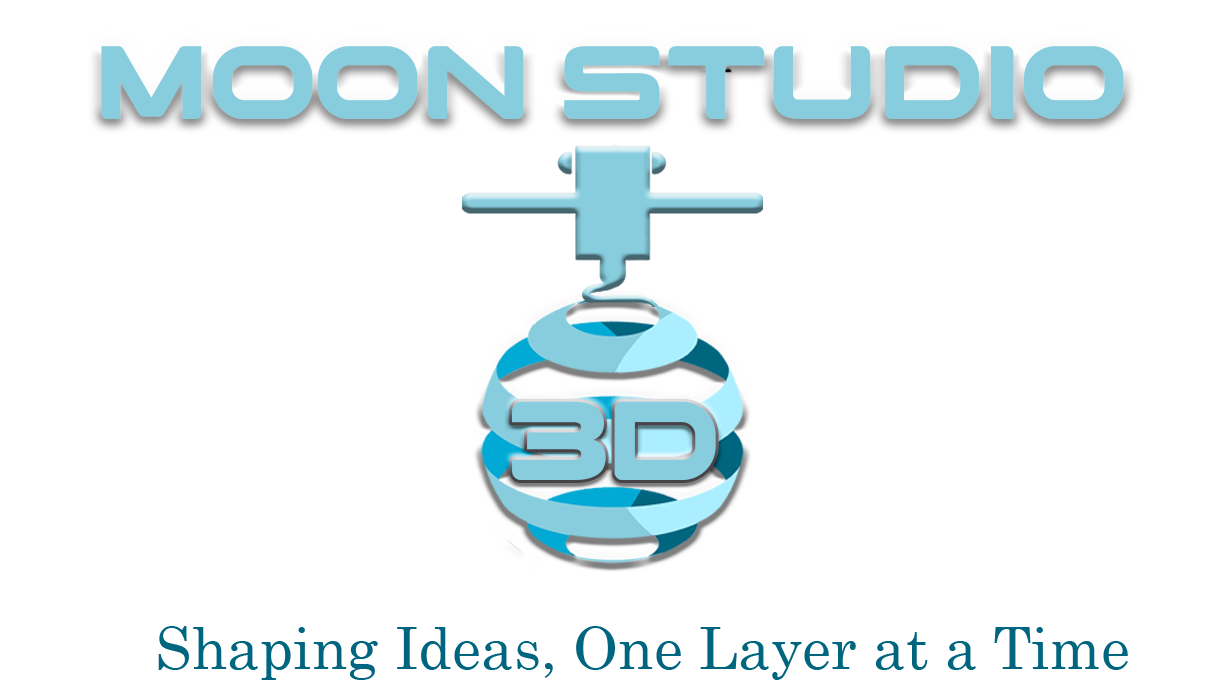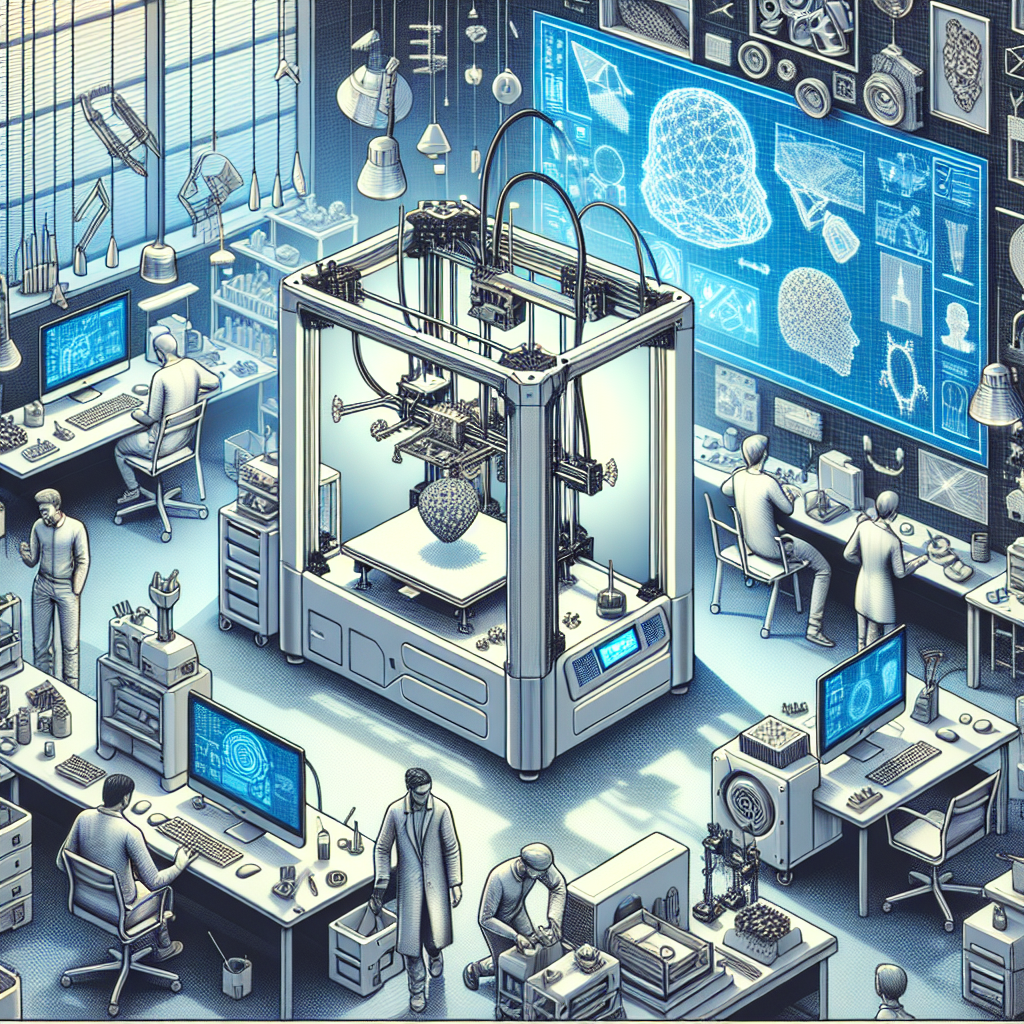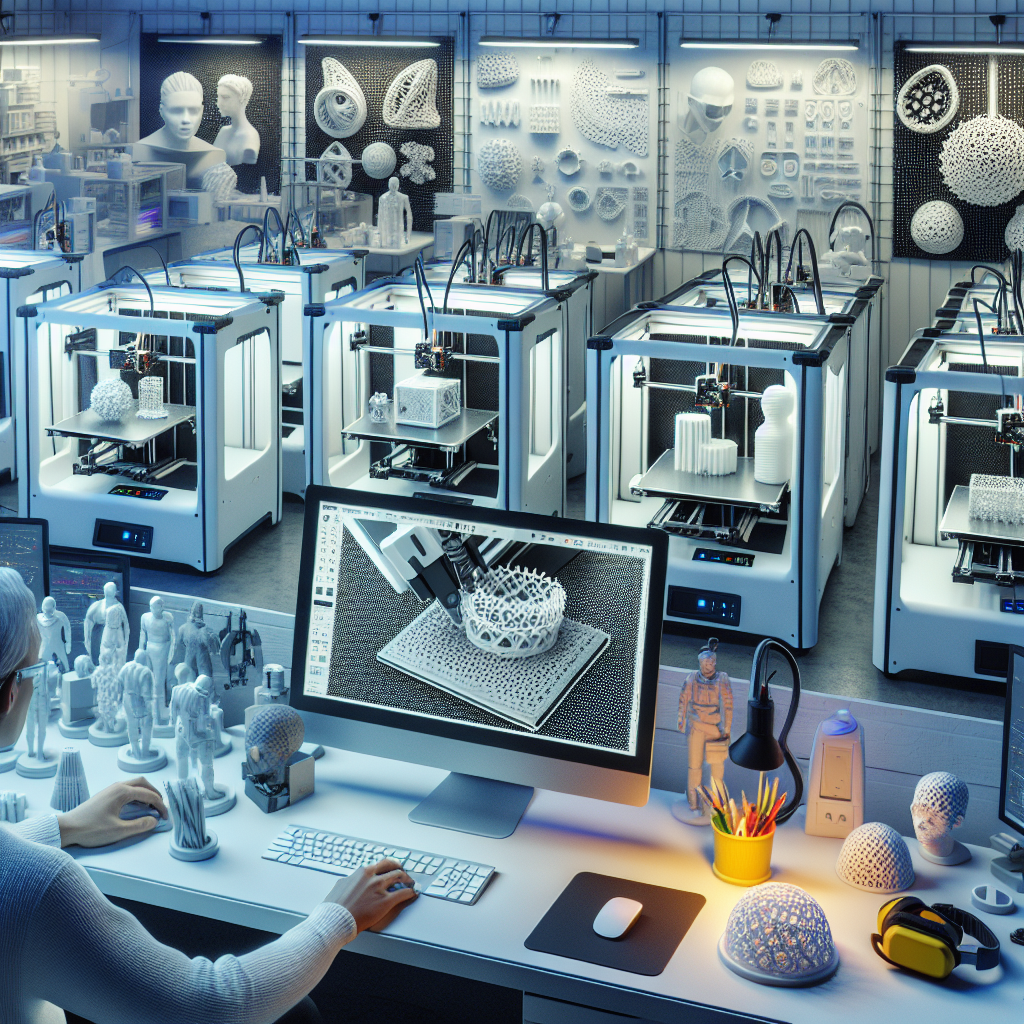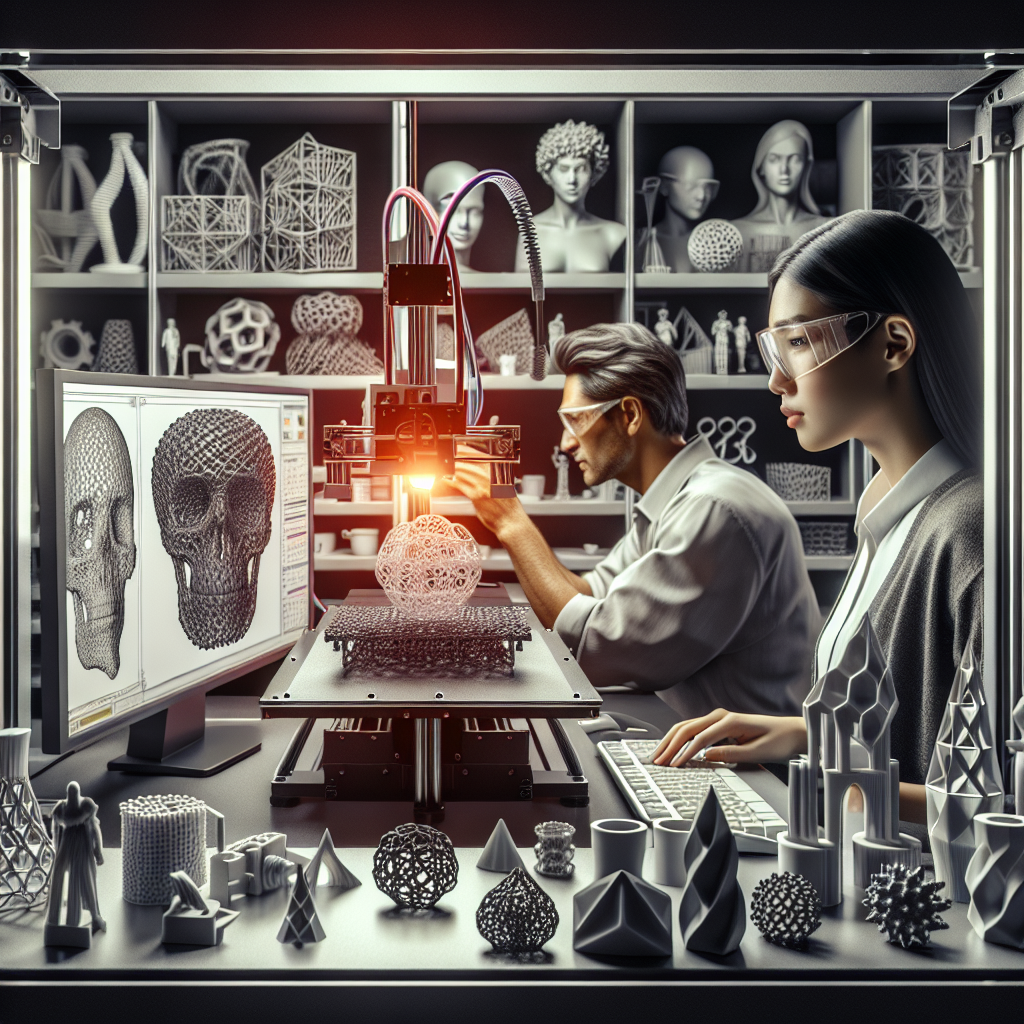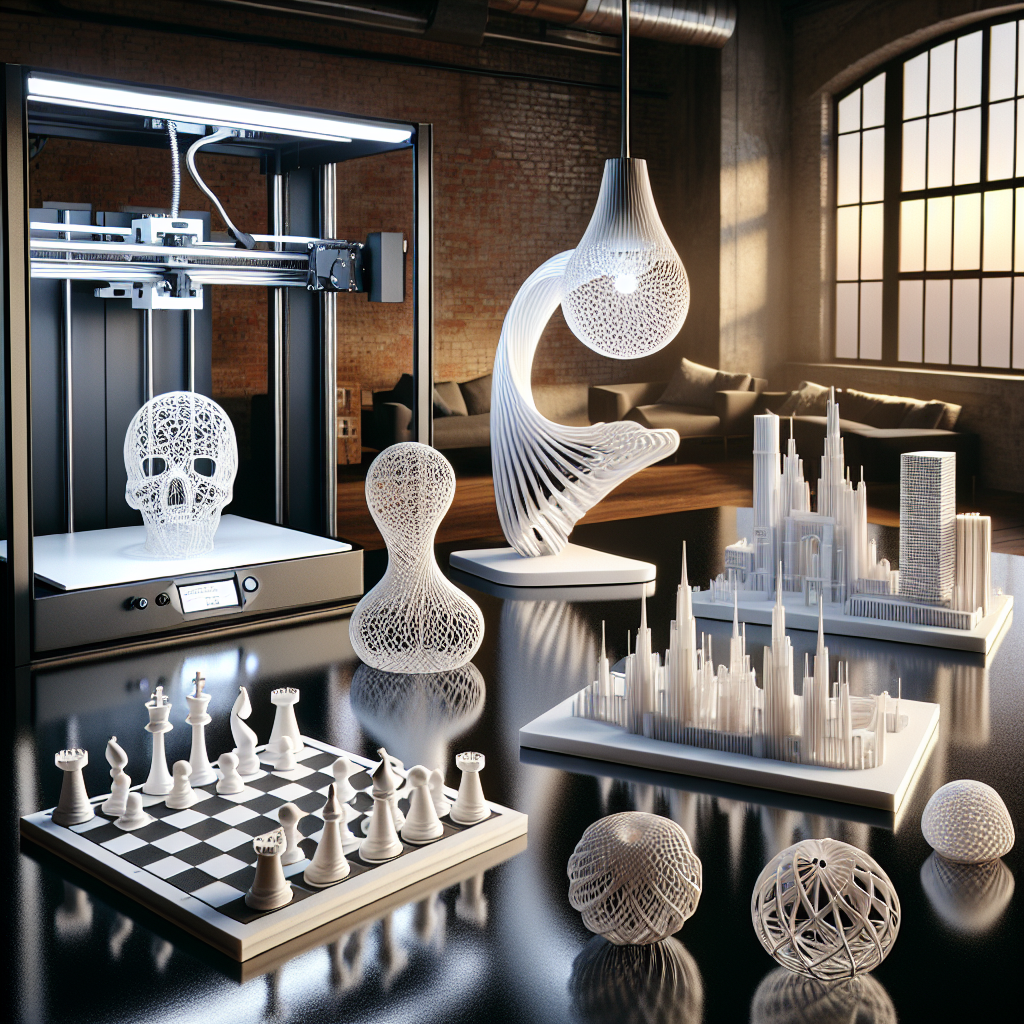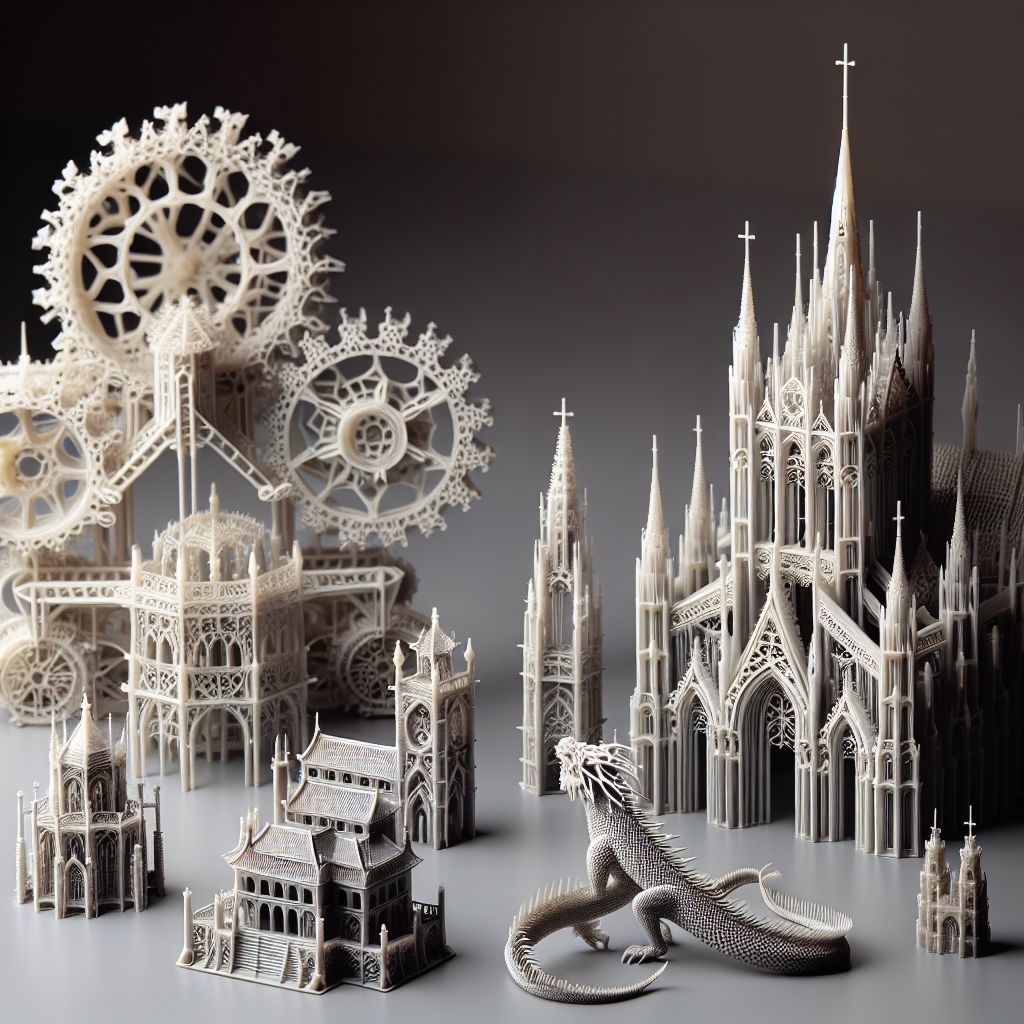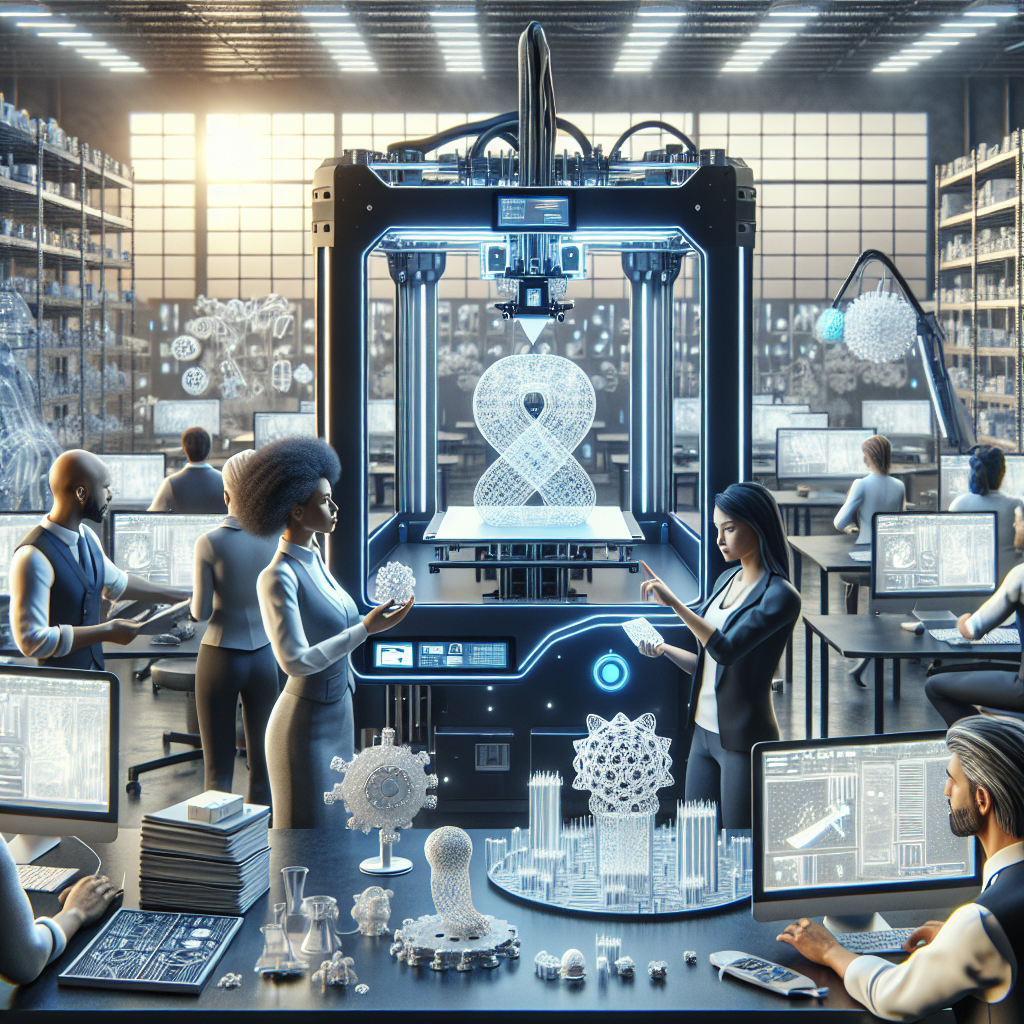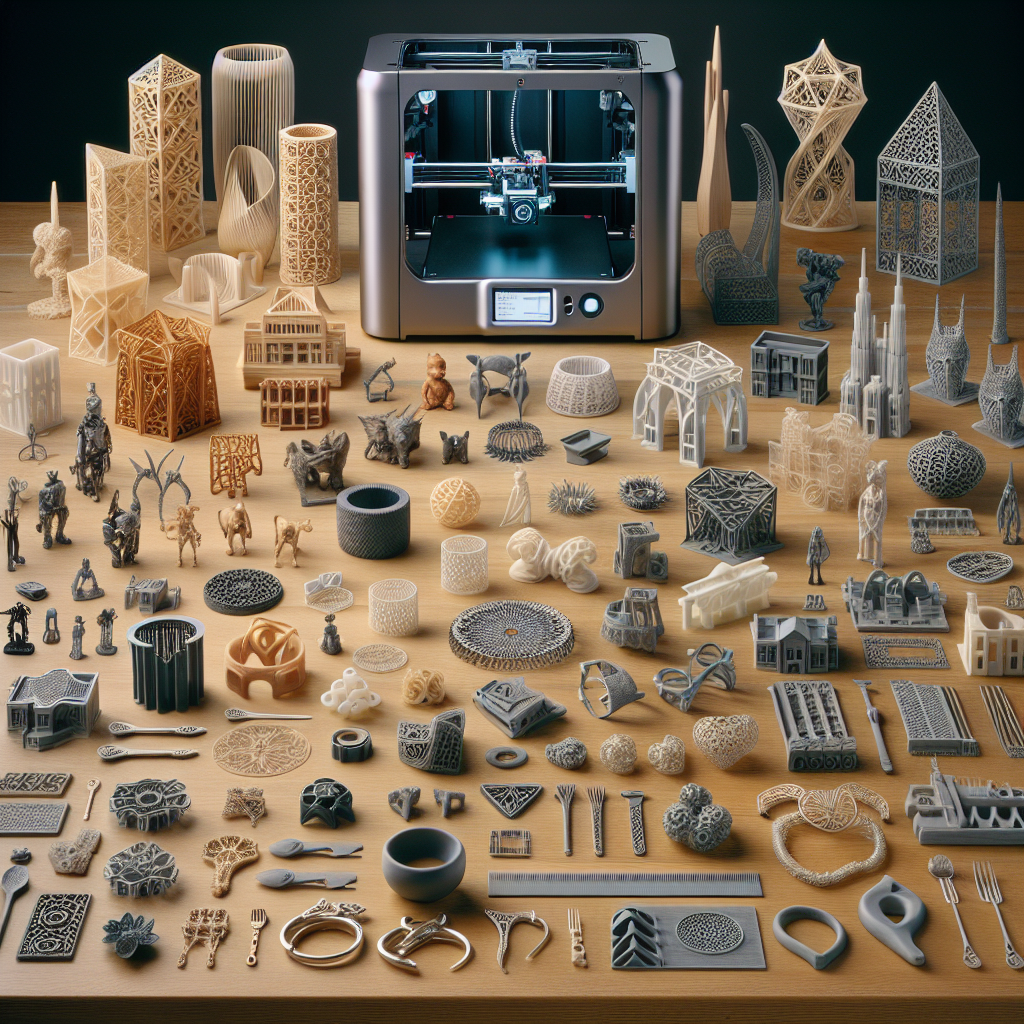In today’s rapidly evolving business landscape, companies are constantly seeking innovative solutions to remain competitive. One such solution that has garnered significant attention is professional 3D printing. As this technology continues to advance, businesses across various industries are leveraging it to drive growth, enhance product offerings, and streamline operations. This article explores the transformative power of professional 3D printing and provides insights on how businesses can harness this technology to gain a competitive edge.
Understanding Professional 3D Printing
Professional 3D printing, also known as additive manufacturing, involves creating three-dimensional objects from digital models. This is achieved by layering materials such as plastics, metals, or ceramics. Unlike traditional manufacturing methods, which often require complex tooling and molds, 3D printing allows for more flexibility and efficiency. It enables businesses to quickly produce prototypes, customize products, and perform low-volume production runs with reduced time and cost.
Key Benefits for Business Growth
1. Enhanced Product Development
One of the most significant advantages of professional 3D printing is its impact on product development. Companies can rapidly iterate designs, allowing for faster innovation cycles. This is particularly advantageous in industries like consumer electronics and automotive manufacturing, where product lifecycles are becoming increasingly shorter. By using 3D printing, businesses can prototype new products quickly, test them in real-world conditions, and refine designs before committing to large-scale production.
2. Customization and Personalization
The ability to offer personalized products is a notable benefit of 3D printing. Consumers today are demanding more personalized experiences, and businesses can meet this demand by leveraging 3D printing technology. Customization can range from personalized medical devices and customized jewelry to bespoke home decor. This flexibility enables companies to cater to niche markets and create unique value propositions for their customers. For instance, businesses can explore different 3D product ideas that align with customer preferences and market trends.
3. Cost Efficiency
Traditional manufacturing often involves high initial costs due to the need for specialized tooling and molds. In contrast, 3D printing reduces fixed costs, making it a cost-effective solution for low-to-medium production volumes. Companies can avoid the expenses associated with warehousing large inventories by printing products on-demand. Furthermore, 3D printing minimizes material waste, as only the necessary amount of material is used, ultimately lowering production costs.
4. Supply Chain Optimization
3D printing can revolutionize supply chains by reducing lead times and enabling localized production. By producing parts and products closer to the point of demand, companies can significantly cut down on shipping costs and reduce their carbon footprint. This aspect of 3D printing is particularly beneficial in industries like aerospace and healthcare, where timely and reliable part delivery is critical.
Real-World Applications
1. Healthcare Innovations
In the healthcare sector, 3D printing is making a tangible impact by providing customized medical solutions. It allows for the production of patient-specific implants, prosthetics, and surgical instruments. The technology also facilitates the creation of anatomical models for pre-surgical planning, enhancing precision and outcomes in complex procedures. As businesses continue to explore innovative 3D solutions, the potential for improving patient care is immense.
2. Automotive Advancements
The automotive industry is leveraging 3D printing for both prototyping and production. Companies can now create lightweight and complex geometries that were previously unattainable. This has led to improved fuel efficiency, reduced emissions, and enhanced performance. By utilizing 3D printing, automotive manufacturers can streamline their production processes and achieve faster time-to-market for new models.
3. Fashion and Lifestyle
In the world of fashion, 3D printing offers endless possibilities for creativity and innovation. Designers can experiment with intricate textures, unique shapes, and sustainable materials. This technology has enabled the production of avant-garde clothing, accessories, and footwear that push the boundaries of traditional fashion design. Businesses looking to tap into the 3D printed fashion market can differentiate themselves by offering exclusive and customizable products.
Conclusion
In conclusion, professional 3D printing is reshaping the business landscape, offering a myriad of opportunities for growth and innovation. By enhancing product development, enabling customization, improving cost efficiency, and optimizing supply chains, 3D printing provides businesses with a distinct competitive edge. Industries from healthcare to automotive and fashion are witnessing the transformative potential of this technology. As companies continue to explore new 3D product ideas and capitalize on these benefits, those who embrace 3D printing will be well-positioned for sustained growth and success.
Leveraging professional 3D printing is not just a trend; it’s a strategic move for businesses aiming to thrive in the digital era. To remain competitive, companies must understand the capabilities and applications of this technology and incorporate it into their operations. By doing so, they can unlock new levels of innovation, efficiency, and customer satisfaction. Explore the possibilities of 3D printing and transform your business today!
